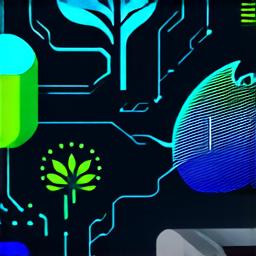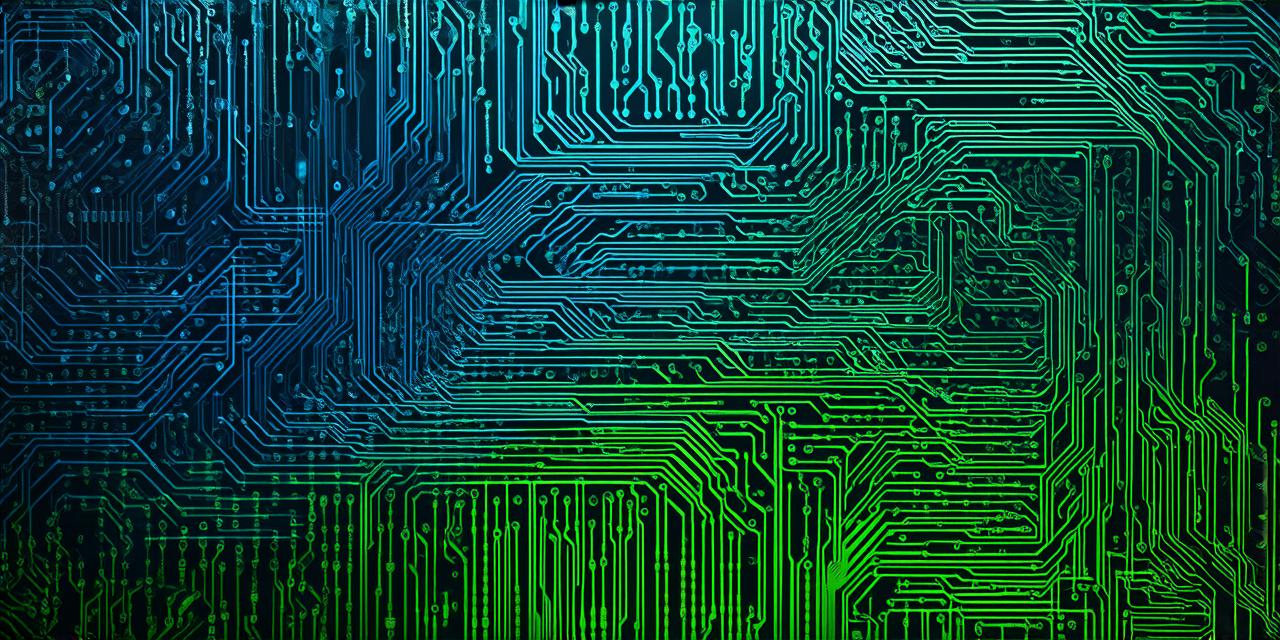A blockchain ecosystem refers to the network of interconnected entities and technologies that support and interact within a particular blockchain platform.
At its core, a blockchain ecosystem is designed to enable secure and transparent transactions between parties without the need for a central authority or intermediary. By creating a decentralized and immutable ledger of data, blockchains provide a foundation for a wide range of use cases, from supply chain management and financial services, to digital identity and voting systems.
Understanding the Components of a Blockchain Ecosystem
To understand what makes up a blockchain ecosystem, it’s important to first define some key terms:

- Blockchain: A distributed ledger technology that enables secure and transparent transactions without the need for a central authority. It is made up of blocks of data that are cryptographically linked together and verified by a network of nodes.
- Node: A device or computer that participates in a blockchain network by maintaining a copy of the ledger and validating transactions. Nodes can be either full nodes (which store the entire ledger) or lightweight nodes (which only store a subset of the data).
- Consensus mechanism: The process by which nodes agree on the state of the blockchain and validate new transactions. There are several different consensus mechanisms, including Proof of Work (PoW), Proof of Stake (PoS), and Delegated Proof of Stake (DPoS).
- Smart contract: A self-executing program that runs on a blockchain and enables the automation of complex processes. Smart contracts are written in a programming language and can be used to facilitate everything from buying and selling goods, to managing insurance claims and more.
With these terms in mind, we can now explore some of the key components of a blockchain ecosystem:
Infrastructure
The infrastructure of a blockchain ecosystem includes the hardware and software that support the network. This includes servers, storage devices, and networking equipment, as well as the software that powers the nodes and enables transactions to be processed.
Protocols
Protocols are the rules and standards that govern how data is transferred and processed within a blockchain ecosystem. These include things like consensus mechanisms, data formats, and messaging protocols.
Applications
Applications are the programs and services that run on top of a blockchain ecosystem and enable users to interact with it. Examples of applications include cryptocurrencies, supply chain management systems, and digital identity platforms.
Users
Users are the individuals or organizations that interact with a blockchain ecosystem. This can include everything from consumers and businesses, to governments and regulatory bodies.
Examples of Blockchain Ecosystems in Action
Now that we have an understanding of the key components of a blockchain ecosystem, let’s look at some real-world examples of how these technologies are being used:
Cryptocurrencies
Cryptocurrencies are perhaps the most well-known example of a blockchain ecosystem. These digital currencies, such as Bitcoin and Ethereum, use a decentralized ledger to enable secure and transparent transactions between parties without the need for intermediaries. This has created a new market for financial services, such as exchanges and wallets, that allow users to buy, sell, and store cryptocurrency.
Supply Chain Management
Blockchain technology is also being used to improve supply chain management by creating a tamper-proof record of the movement and status of goods. This can help reduce fraud and increase transparency, while also enabling more efficient and accurate tracking of inventory and shipments.
Digital Identity
A blockchain ecosystem can also be used to create secure and decentralized digital identity systems. By using a distributed ledger to store and manage personal data
